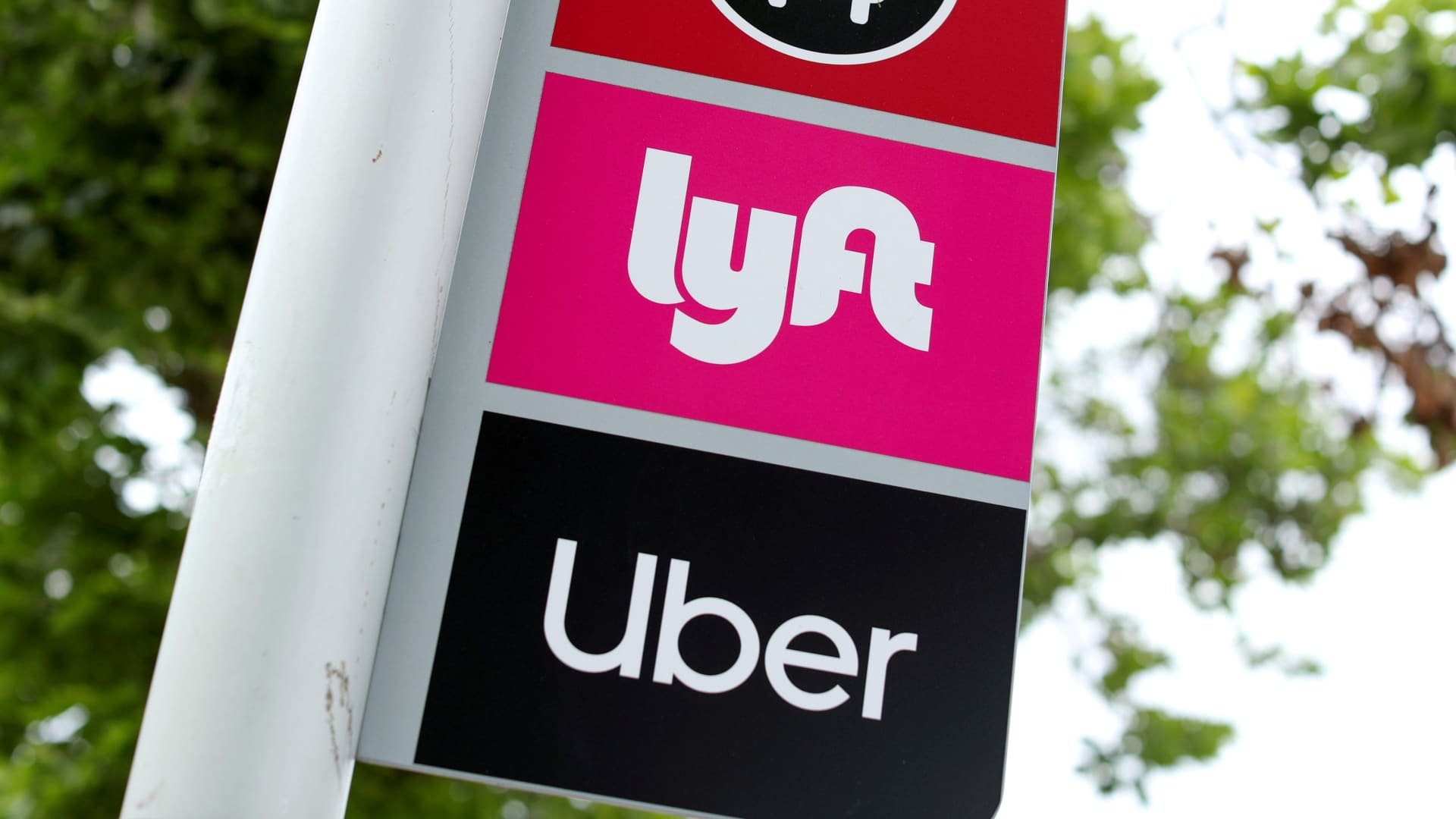
Wall Street will be following earnings from gig economy companies in the coming weeks to see if and how they’ve been impacted by pandemic recovery trends. But analysts aren’t fully aligned on how to play the sector. The 2022 selloffs underscored the challenges gig economy stocks have faced in recent years as novelty and venture capital funding chilled, analysts have said to clients. But some of the major players in the space — namely Uber , Lyft and DoorDash — have given early signs of potential comebacks in 2023. Lyft has jumped 46.8% since the start of 2023, followed by Uber and DoorDash at 22.8% and 20.1%, respectively. “After a decade of growth at all costs, the bumpiest parts of the ride are in the rearview mirror. Market winners are becoming entrenched, marketing intensity is declining, and the U.S. market has started to rationalize through consolidation,” SVB MoffettNathanson analyst Michael Morton said in a Monday note to clients. “We are sober in our assessment of the challenging past but encouraged by addressable markets, consumers’ willingness to spend, and improving underlying unit economics on the core businesses of U.S. Restaurant Delivery and Rideshare,” he added. Analysts are now contemplating how to position ahead of the major gig companies’ earnings reports, which kick off with Uber on Feb. 8. A look at where each company stands: Uber UBER LYFT,DASH 5Y mountain Gig economy stocks One area where analysts at SVB MoffettNathanson, Jefferies and Bernstein all agree: be bullish on Uber. Bernstein is anticipating an in-line quarter from Uber, while noting the potential to get EBITDA positive after adjustments within the next two quarters. Despite being below Wall Street estimates for bookings, SVB’s Morton expects a beat on profitability. But he does see Uber as a potential winner of the post-pandemic return to events and travel. “There’s room to run on the global return to pre-pandemic human mobility,” Morton said. “Uber is the way to invest in the trend.” Jefferies analyst John Colantuoni said Uber’s “dominant scale and network effect” can support more reinvestment into costumer experience and adoption, which should in turn create loyalty and help grow market share. The company’s focus on market expansion through new locations and offerings including freight and food delivery also help increase its total addressable market and cross selling-opportunities, he said, while also helping reduce risk. Lyft Analysts at the three firms, however, are leery when it comes to competitor Lyft. Bernstein analyst Nikhil Devnani called the company “confusing” and rated it market perform heading into earnings. While he said fourth-quarter estimates feel conservative given the company’s service fee increases and recovery tailwinds, recent outperformance and the uncertain broader economic outlook make it difficult to set expectations. He’s the only analyst of the three who expects the stock to see an upside in the next year. Devnani expects revenue for the fourth quarter to be closer to the top end of expectations. And he said active rider and revenue guidance and commentary could matter more than EBITDA. Also rating it a market perform, Morton said Lyft was “coming up short” on scaling the business and find its way out of a driver shortage. Jefferies’ Colantuoni, which rated the stock a hold, cited firm data showing riders prefer Uber two-thirds of the time. DoorDash Analysts were split on DoorDash. Morton was most optimistic about DoorDash of the three, noting he prefers delivery over rideshare because of its larger total addressable market, better financial transparency and improved worker dynamic. He said DoorDash had a “best-in-class” management team and was a market share leader whose core business was “hitting an inflection point in profitability.” He rated the stock outperform with mixed expectations for the earnings report. Morton said he expects bookings to come in below consensus expectations, and profitability to come in above where others on Wall Street anticipate. Bernstein also rated the stock outperform, with Devnani noting food delivery is decelerating but hitting a rationalized rate of growth. He said the company could outperform EBITDA guidance. “We are increasing our adjusted EBITDA forecast to $600M (+$50M) and we see upside potential to this figure if margins in the non-core segments improve this year,” he said. “Assuming we are directionally right, the debate amongst investors is whether that combination would be ‘good enough’. We think it would, given the emphasis being placed on operating leverage. Of course, the magnitude of the beats/misses in each department matter.” Colantuoni is less optimistic, with Jefferies rating the stock underperform. While he said DoorDash was the most popular delivery platform among current users of restaurant delivery apps and dominates the mindshare of potential users, he’s concerned about the ability of restaurant delivery platforms to sustain growth after gaining so much ground during the pandemic. — CNBC’s Michael Bloom contributed to this report.
